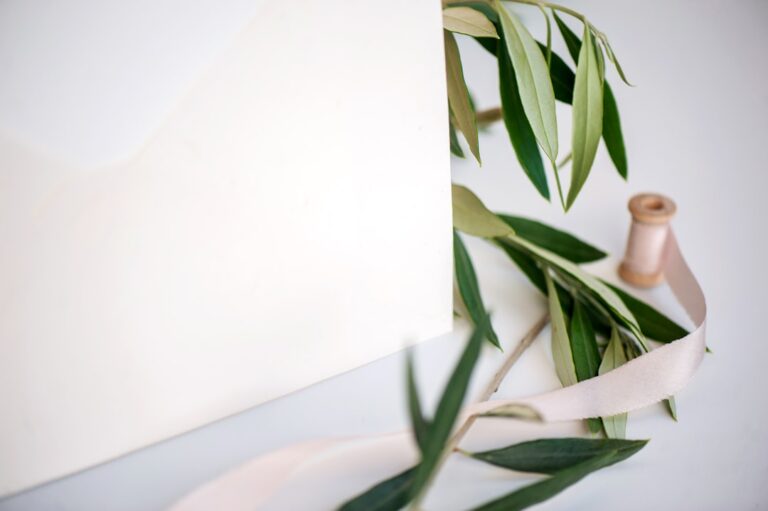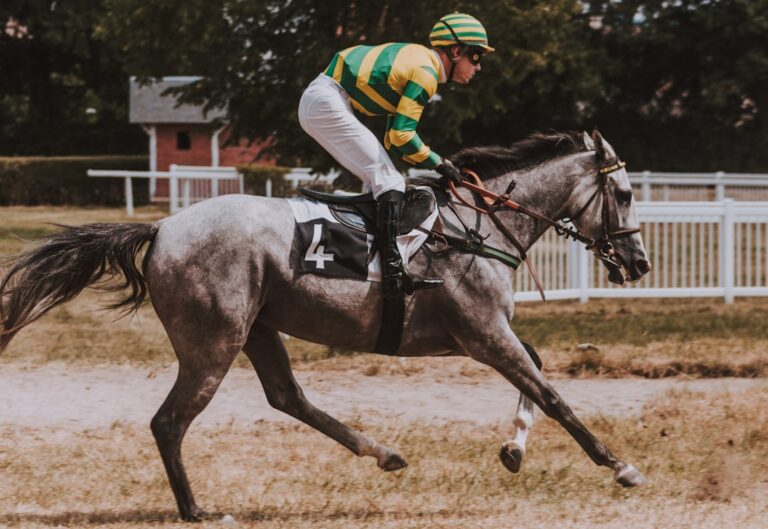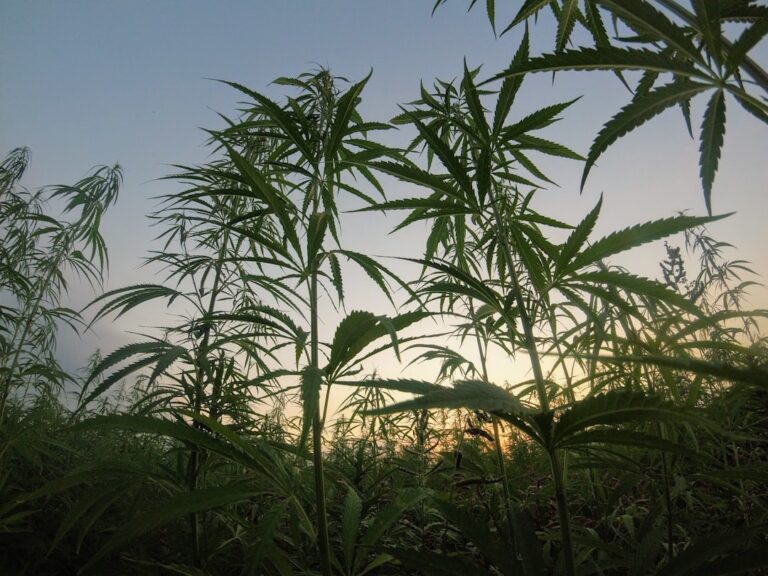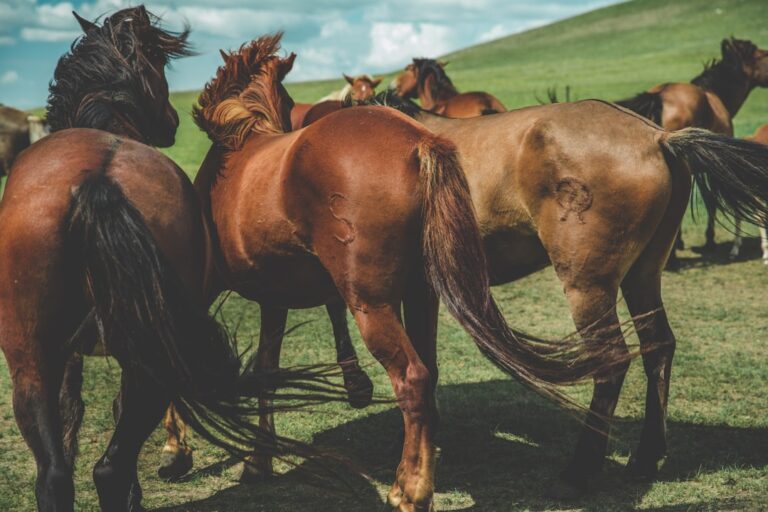Gerbil tail slip, also known as degloving, is a condition that occurs when a gerbil’s tail becomes detached from its body. This can happen when a gerbil is handled improperly or when it becomes frightened and tries to escape by wriggling out of its handler’s grasp. The tail slip occurs because gerbils have a natural defense mechanism that allows them to shed their tails in order to escape from predators. While this may be a useful survival tactic in the wild, it can lead to serious injury and distress for pet gerbils.
Gerbil tail slip is a painful and traumatic experience for the animal, and it can have serious consequences for its health and well-being. In addition to the physical pain of the injury itself, gerbils may also experience psychological distress as a result of the trauma. It is important for gerbil owners to understand the causes, symptoms, and treatment options for tail slip in order to prevent this condition and ensure the health and happiness of their pets.
Key Takeaways
- Gerbil tail slip is a condition where a gerbil’s tail becomes detached from its body.
- Causes of gerbil tail slip include rough handling, improper gripping of the tail, and stress.
- Symptoms of gerbil tail slip include a visibly detached or injured tail, bleeding, and signs of pain or distress in the gerbil.
- Gerbil owners can prevent tail slip by handling their pets gently, avoiding picking them up by the tail, and providing a stress-free environment.
- Treatment options for gerbil tail slip include seeking veterinary care, keeping the wound clean, and providing a comfortable and quiet environment for the gerbil to recover.
Understanding the Causes of Gerbil Tail Slip
Gerbil tail slip can occur for a variety of reasons, but it is most commonly caused by improper handling. When gerbils are picked up or held incorrectly, they may become frightened and attempt to escape by wriggling and twisting their bodies. This can put pressure on their tails, causing them to become detached from their bodies. Additionally, rough handling or grabbing a gerbil by its tail can also lead to tail slip.
Another common cause of gerbil tail slip is stress. Gerbils are sensitive animals that can become stressed easily, especially if they are not provided with a suitable environment or if they are handled roughly. Stress can cause gerbils to become agitated and attempt to escape, increasing the likelihood of tail slip.
It is important for gerbil owners to be aware of these causes and take steps to prevent tail slip from occurring. By handling their pets gently and providing them with a calm and comfortable environment, owners can help reduce the risk of tail slip and ensure the well-being of their gerbils.
Recognizing the Symptoms of Gerbil Tail Slip
The symptoms of gerbil tail slip are usually quite obvious and easy to recognize. The most obvious sign of tail slip is the absence of a tail on the gerbil’s body. In some cases, a small stump may be visible where the tail used to be, but in other cases, there may be no visible evidence of the tail at all.
In addition to the physical symptoms, gerbils that have experienced tail slip may also exhibit signs of pain and distress. They may be reluctant to move or may show signs of discomfort when their tail area is touched. Additionally, they may exhibit changes in behavior, such as decreased activity or appetite.
It is important for gerbil owners to be vigilant and observant in order to recognize the symptoms of tail slip as soon as possible. Early detection can help ensure that the gerbil receives prompt treatment and has the best chance of recovering from this traumatic injury.
Preventing Gerbil Tail Slip: Tips for Gerbil Owners
| Preventing Gerbil Tail Slip: Tips for Gerbil Owners | |
|---|---|
| Tip 1 | Provide a suitable substrate for your gerbil’s cage, such as aspen shavings or paper-based bedding, to prevent tail slip. |
| Tip 2 | Avoid handling your gerbil by its tail, as this can cause tail slip and injury. |
| Tip 3 | Ensure that your gerbil’s cage has plenty of space and enrichment to encourage natural behaviors and prevent stress-related tail slip. |
| Tip 4 | Monitor your gerbil’s tail regularly for any signs of injury or tail slip, and seek veterinary care if necessary. |
Preventing gerbil tail slip is essential for ensuring the health and well-being of pet gerbils. There are several steps that gerbil owners can take to reduce the risk of tail slip and provide a safe and comfortable environment for their pets.
First and foremost, it is important for gerbil owners to handle their pets gently and carefully. When picking up a gerbil, it is best to scoop it up from underneath rather than grabbing it by the tail. Additionally, it is important to avoid sudden movements or loud noises that could startle the gerbil and cause it to become agitated.
Providing a suitable environment for gerbils is also essential for preventing tail slip. Gerbils should be housed in a spacious cage with plenty of bedding and enrichment items to keep them occupied and reduce stress. Additionally, it is important to provide a balanced diet and regular opportunities for exercise to keep gerbils healthy and happy.
By taking these preventative measures, gerbil owners can help reduce the risk of tail slip and ensure that their pets remain healthy and happy.
Treatment Options for Gerbil Tail Slip
If a gerbil does experience tail slip, it is important for owners to seek veterinary care as soon as possible. The treatment options for tail slip will depend on the severity of the injury and may include pain management, wound care, and supportive care to help the gerbil recover.
In some cases, a veterinarian may need to amputate any remaining part of the tail in order to prevent infection and promote healing. This procedure should only be performed by a qualified veterinarian and will require careful monitoring and aftercare to ensure that the gerbil recovers successfully.
In addition to medical treatment, it is important for gerbil owners to provide a calm and comfortable environment for their pets during the recovery process. This may include reducing stressors in the gerbil’s environment, providing extra bedding for comfort, and monitoring the gerbil closely for any signs of pain or distress.
By seeking prompt veterinary care and providing appropriate treatment and aftercare, gerbil owners can help their pets recover from tail slip and minimize the long-term impact of this traumatic injury.
The Importance of Proper Handling and Care for Gerbils

Proper handling and care are essential for ensuring the health and well-being of pet gerbils. When handling gerbils, it is important to be gentle and avoid grabbing them by their tails, as this can cause injury or distress. Instead, it is best to scoop them up from underneath and support their bodies to prevent them from becoming frightened or agitated.
In addition to proper handling, providing a suitable environment for gerbils is also essential for their health and happiness. Gerbils should be housed in a spacious cage with plenty of bedding and enrichment items to keep them occupied and reduce stress. Additionally, they should be provided with a balanced diet and regular opportunities for exercise to keep them healthy.
Regular veterinary check-ups are also important for monitoring the health of pet gerbils and addressing any potential issues before they become serious. By providing proper handling and care, gerbil owners can help ensure that their pets remain healthy, happy, and free from preventable injuries such as tail slip.
Ensuring the Health and Well-being of Your Gerbil
Gerbil tail slip is a painful and traumatic experience for pet gerbils that can have serious consequences for their health and well-being. By understanding the causes, symptoms, prevention methods, treatment options, proper handling, and care for gerbils, owners can take proactive steps to prevent this condition from occurring and ensure the health and happiness of their pets.
It is important for gerbil owners to handle their pets gently and provide them with a suitable environment that reduces stress and promotes overall well-being. Additionally, seeking prompt veterinary care in the event of an injury such as tail slip is essential for ensuring that gerbils receive appropriate treatment and have the best chance of recovery.
By taking these proactive measures, gerbil owners can help ensure that their pets remain healthy, happy, and free from preventable injuries such as tail slip. With proper care and attention, pet gerbils can live long, fulfilling lives as beloved members of the family.
If you’re interested in learning more about gerbil behavior and health, check out this article on hotspo.net. They have a variety of resources on gerbil care, including information on gerbil tail slip and how to prevent it. It’s important to stay informed about the well-being of your pets, and hotspo.net offers valuable insights for gerbil owners.
FAQs
What is a gerbil tail slip?
A gerbil tail slip is a defense mechanism where a gerbil will intentionally shed its tail in order to escape from a predator’s grasp.
Why do gerbils perform tail slips?
Gerbils perform tail slips as a survival strategy to escape from predators. By shedding their tails, they are able to break free and have a chance to survive.
Is a gerbil’s tail slip harmful to the gerbil?
While the act of shedding their tail may be distressing for the gerbil, it is not harmful to their overall health. Gerbils are able to regenerate their tails to some extent, although the new tail may not look exactly the same as the original.
How can I prevent my gerbil from performing a tail slip?
To prevent a gerbil from performing a tail slip, it is important to handle them gently and avoid any situations that may cause them stress or fear. Providing a safe and secure environment for your gerbil can also help reduce the likelihood of them feeling the need to perform a tail slip.














+ There are no comments
Add yours